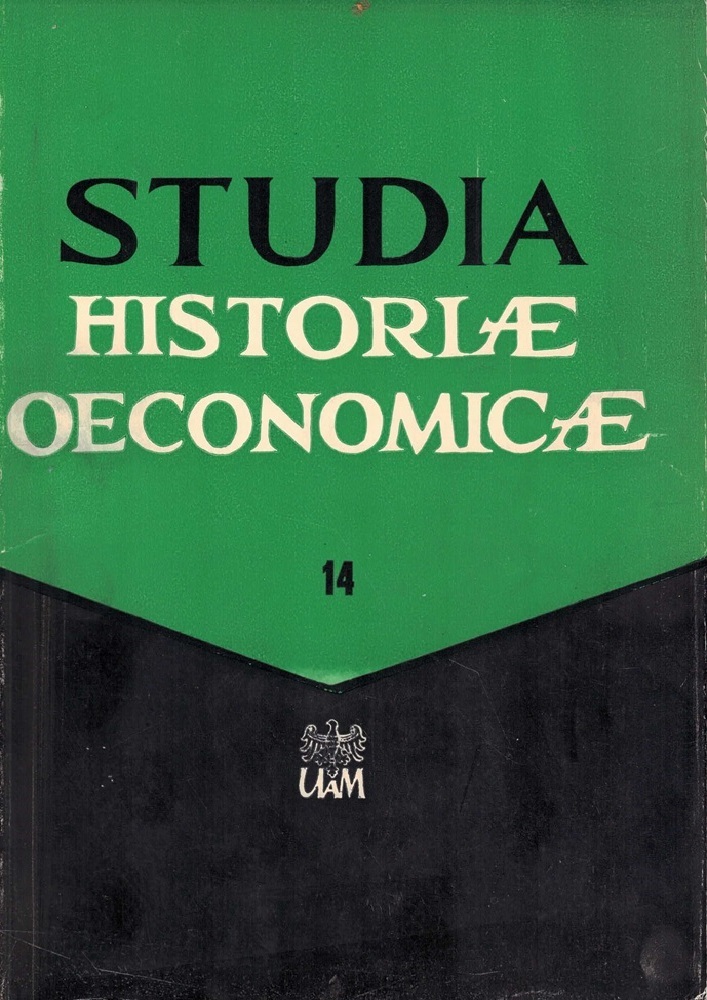Abstract
The effective functioning of the economy of Nazi Germany depended to a large extent on the appropriate training of the next generation of specialists and on a large number of employees. As the war progressed and the situation on the fronts of the Second World War developed, the demand for production effects in all branches of industry increased. This was one of the reasons for the wide expansion of the vocational school system, whose task, depending on the level of the school, was to prepare employees for German industry in the shortest possible time. The profile of the entire vocational school system in the Reich was outlined by the orders of the Ministry of Science, Education and National Education of August 23 and November 29, 1938. It provided for the following three main groups: vocational schools, vocational technical schools and technical schools. This division was maintained and introduced in the Katowice administrative district. The fact that industry needs the least qualified workers is demonstrated by the fact that compulsory education was introduced in the Katowice District on May 28, 1940, which forced young people aged 14 to 18 to attend vocational schools. This affected those young people who, for various reasons, did not have access to higher education. Failure to attend compulsory education was subject to administrative penalties, including having the student escorted to school by a policeman
License
© by Institute of History, Adam Mickiewicz University, Poznań, 1979
OPEN ACCESS




